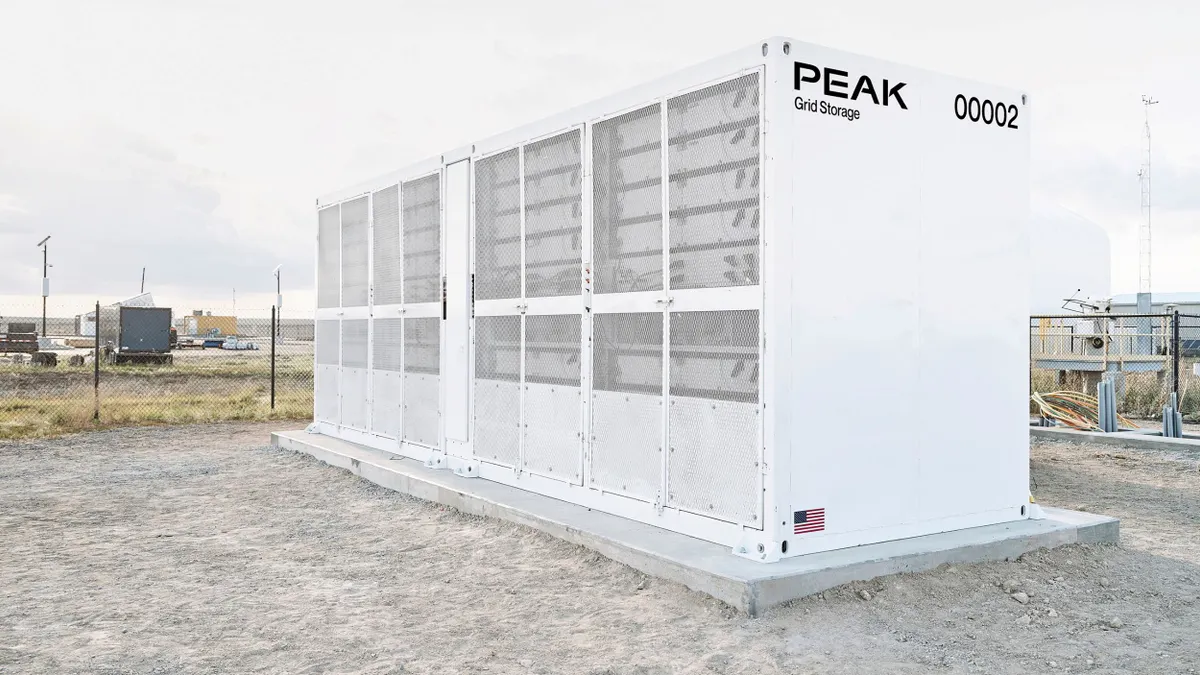Dive Brief:
- The U.S. Environmental Protection Agency has completed a review of national ambient air quality standards (NAAQS) for nitrogen dioxide (NO2) and has decided to "retain the current standards, without revision," according to a proposed rule published July 26.
- The agency will take public comment until Sept. 25 before finalizing the rule.
- The decision to keep the standard in place follows a recommendation by the agency's Clean Air Scientific Advisory Committee, which consists of outside scientific advisers.
Dive Insight:
The Trump administration decided to keep ambient air quality standards for NO2 in place, after a lawsuit settlement called for the EPA to complete its review this year.
There are two primary standards for oxides of nitrogen, and EPA's proposal notes nitrogen dioxide is the component "of greatest concern for health and is the indicator for the primary NAAQS." The first is a one-hour standard established in 2010 at a level of 100 parts per billion based on a three-year average. The other is an annual standard, originally set in 1971, at a level of 53 ppb.
According to EPA, NO and NO2 emissions from coal and gas-fired electric generating units, one of the primary sources of the pollutants, are expected to decline over the next decade as newer units come online to meet various Clean Air Act requirements.
The Clean Air Act requires the the NO2 standards to be reviewed every five years, but EPA sometimes misses that deadline. In 2016, the Center for Biological Diversity filed a lawsuit claiming the review was overdue under the Clean Air Act.
EPA must issue a final decision by April. But as The Hill notes, there are no parts of the country where NO2 is known to exceed current limits.
A spokesperson for EPA told the news outlet that the current standards "provide the appropriate public health protection, with an adequate margin of safety, including for older adults, children and people with asthma."














